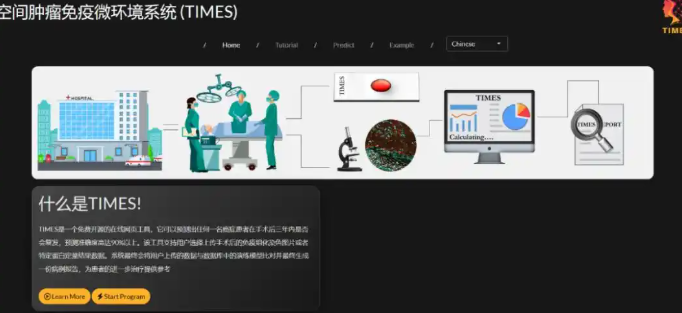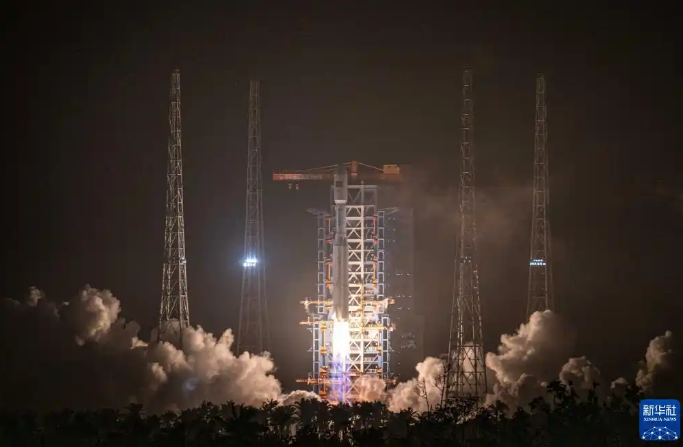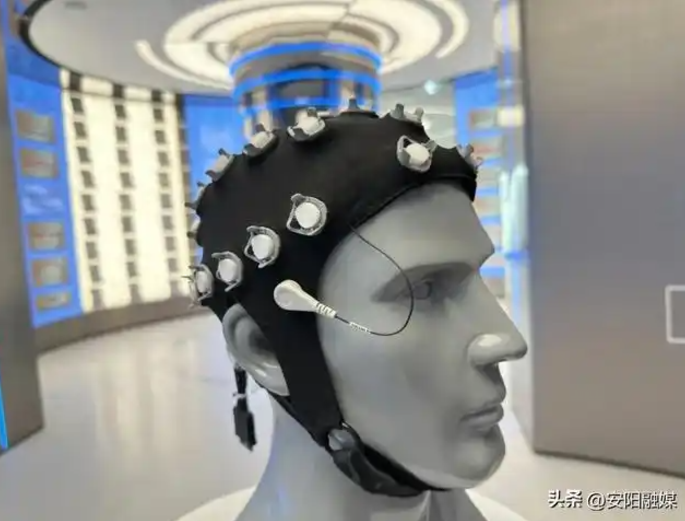A team from the University of Science and Technology of China (USTC) and its collaborators have developed a prediction system for the recurrence risk of liver cancer, based on spatial immunological characteristics. By quantifying the spatial distribution characteristics of immune cells in the tumor microenvironment, it can predict the recurrence risk of hepatocellular carcinoma. They have directly translated the scientific achievement into an applicable AI diagnostic tool - the publicly available and free online version of TIMES. Users can obtain a liver cancer recurrence risk score by uploading pathological staining images, with an accuracy rate of 82.2%.

China successfully launched the fifth batch of satellites for the ‘Qianfan Constellation’, using a Long March 8 rocket in Hainan, sending 18 satellites into space in one go. The G60 Satellite Factory adopts digital production methods, capable of manufacturing one satellite in as short as one day, with an annual production capacity of 300 satellites. By 2026, the production capacity will be increased to 600 satellites. The first - phase plan is to deploy 648 satellites, which will be increased to 1,296 in the second phase and exceed 15,000 in the third phase. Starting from 2025, it will provide satellite services for global scenarios such as transportation, agriculture, emergency response, and the low - altitude economy.

Xiangyu Medical has established the Sun - BCI Lab Brain - Computer Interface Laboratory, and developed a product system consisting of four major categories, including electroencephalogram (EEG) acquisition devices (Sun Link), brain - controlled products (Sun Brain), products for daily life scenarios (Sun Live), and self - developed algorithms (Sun Dip). The company will focus on researching and developing equipment in areas such as neurofeedback, cognitive screening, sleep disorder intervention, and neonatal EEG monitoring. At the same time, it will promote the intelligent upgrade and iteration of its existing sports rehabilitation and cognitive products, leading the way into the new future of intelligent healthcare.

Luchen Technology announced the launch of Open-Sora 2.0 and fully open - sourced the model weights, inference code, and the entire process of distributed training. According to the company, this is a newly open - sourced state - of - the - art video generation model. It successfully trained a commercial - grade 11 - billion - parameter video generation large - scale model with only $200,000 (using 224 GPUs).

Huawei will release its first mobile phone equipped with the official version of the original HarmonyOS next week. After several rounds of iteration and optimization, this system has significantly improved in terms of smoothness, privacy protection, and AI interaction capabilities. It has been adapted to more than 20,000 applications, including WeChat and Alipay. With this release, Huawei's terminal business fully enters the era of the original HarmonyOS, marking further maturity of China's self - developed operating system ecosystem.
